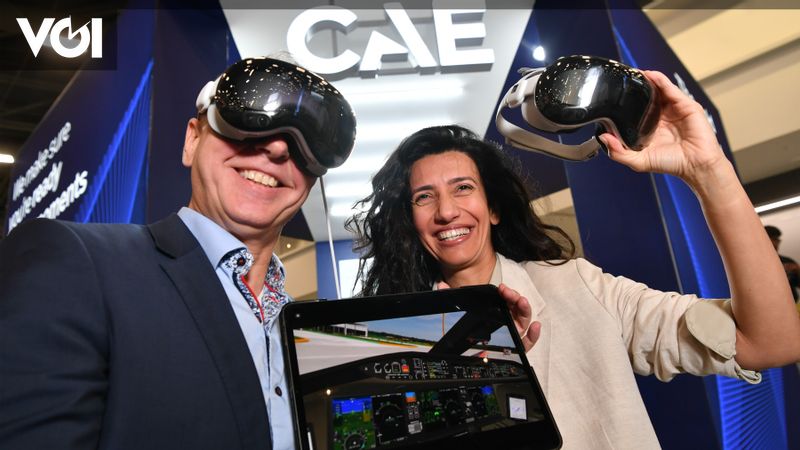The initial signal of the Titan submarine’s lost position in the Atlantic Ocean was picked up by a Canadian P-8 Poseidon aircraft conducting a search using sonobuoy technology. Photo/Naval Post
Indeed, the Titan submarine was said to have exploded due to underwater pressure during a diving expedition mission to the site of the wreck of the Titanic at a depth of 12,500 feet or 3,810 meters. However, it is always interesting to explore how sonobuoy technology works to detect objects on the high seas.
Quoted from the Daily Mail page, Saturday (24/6/2023), the sonobuoy was originally developed to detect German U-boat submarines during World War II. The sonobuoys will detect underwater acoustic signals generated by submarines via hydrophones and then transmitted to the aircraft via radio transmitters.
After the end of the war, sonobuoy technology continued to be used for a variety of purposes, including search and rescue operations. Indeed, sonobuoy technology can map the locations of plane crashes, sunken ships or survivors at sea.
The sonobuoy is therefore a tool used to detect and identify objects moving in the water. Typically, sonobuoys are used to detect submarines by listening for sounds made by propellers and engines (passive detection) or by bouncing sonar “pings” off the surface of the submarine (active detection). ).
Sonobuoy launch process
When a Canadian P-8 Poseidon flew over a search area in the North Atlantic, it dropped a device called a sonobuoy. When dropped from the aircraft into the water, the sonobuoy deploys a parachute.
Upon reaching the water, the sonobuoys deploy correctly to the required depth and maintain communication with aircraft flying overhead. Once in the water, the sonobuoy split in two, with a radio frequency transmitter at one end, and bounced to the surface.

“Travel nerd. Social media evangelist. Zombie junkie. Total creator. Avid webaholic. Friend of animals everywhere. Future teen idol.”


:strip_icc():format(jpeg)/kly-media-production/medias/3387188/original/007486800_1614303448-banner__1_.jpg)



